Turban squash, also known as Turk’s Cap, is a winter squash that is so alluring it steals focus from pumpkins any day. We pilfered one from the Heirloom Expo last year, saved the seeds, and grew them out this spring.
Not knowing how the squash was grown (whether it was grown the proper distance from other squash varieties of the same species to prevent cross pollination or not), we took our chances to see what we would get. So far, it’s a mixed bag, but it’s all good.

To Grow
Seeds should be planted on hills 6 feet apart, so the guidebooks say. We do things differently around here because we have sandy soil. Hills are for clay soil. Depressions are for sandy soil. We also don’t space our squash that far apart. We grow 3 different types (a pepo, a maxima and a moschata so they don’t cross pollinate) in the same 4×4′ bed, spaced apart on the points of a triangle. Works like a charm every year. Plant seeds 1″ deep in well-amended soil. We added worm castings and compost, and feed monthly with compost tea.

Our squash grows together and soon the leaves form a living mulch to retain moisture, even without mulch. There is a…shall we say…chaos to this method of planting. Vines are everywhere, leaving no place to walk. It’s worth it.

The first thing you’ll notice about Turban Squash is gigantic leaves, the size of large lily pads.
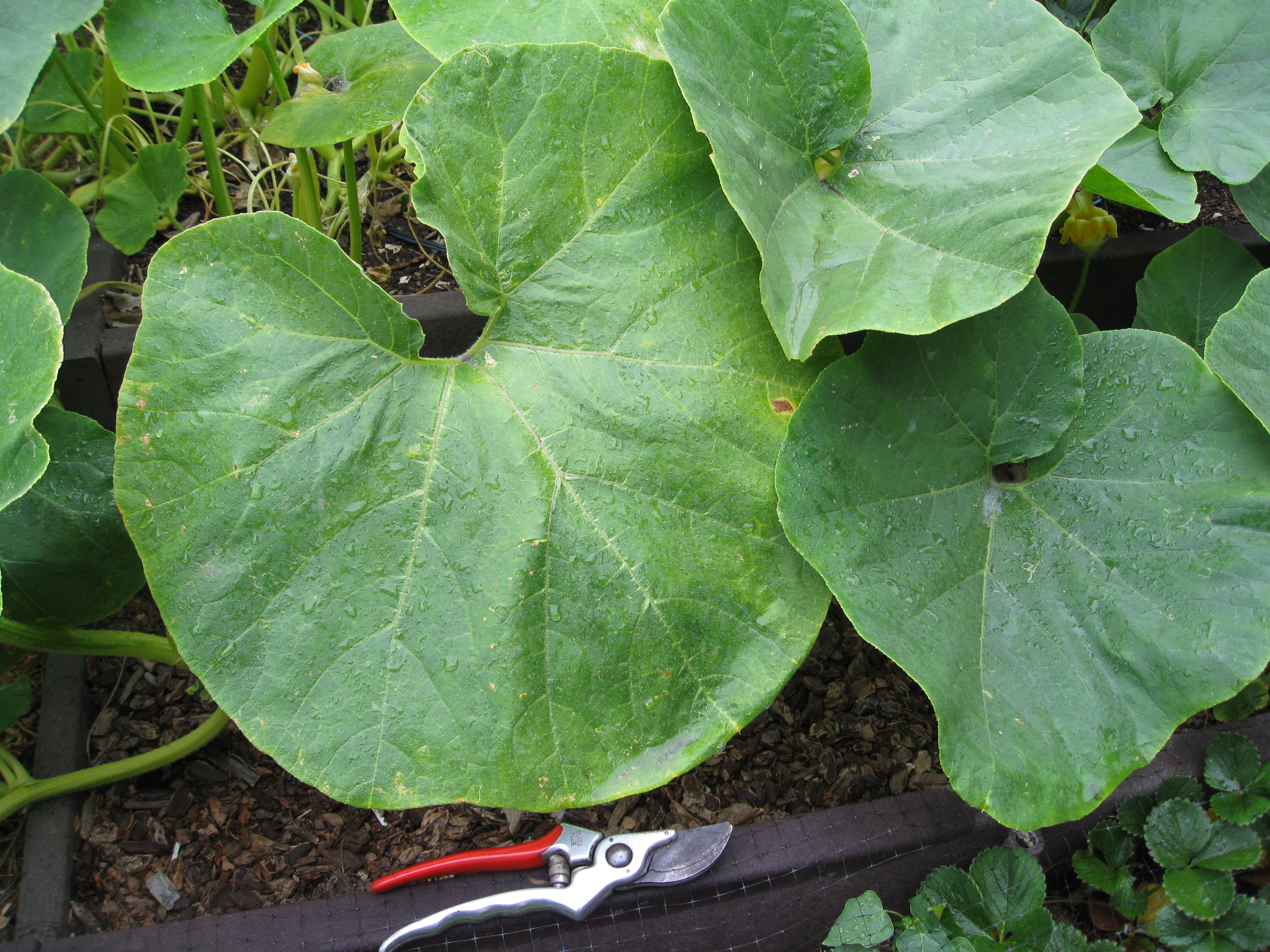
As with all squash, these plants are susceptible to powdery mildew and other fungal infections, as well as squash borers. Luckily we don’t have squash borers here, but we have fungal issues in spades. We cut off affected leaves at first sight of disease. Apparently you can bury the vines to establish secondary root feeders, and increase fruit size. We’re letting nature take its course.
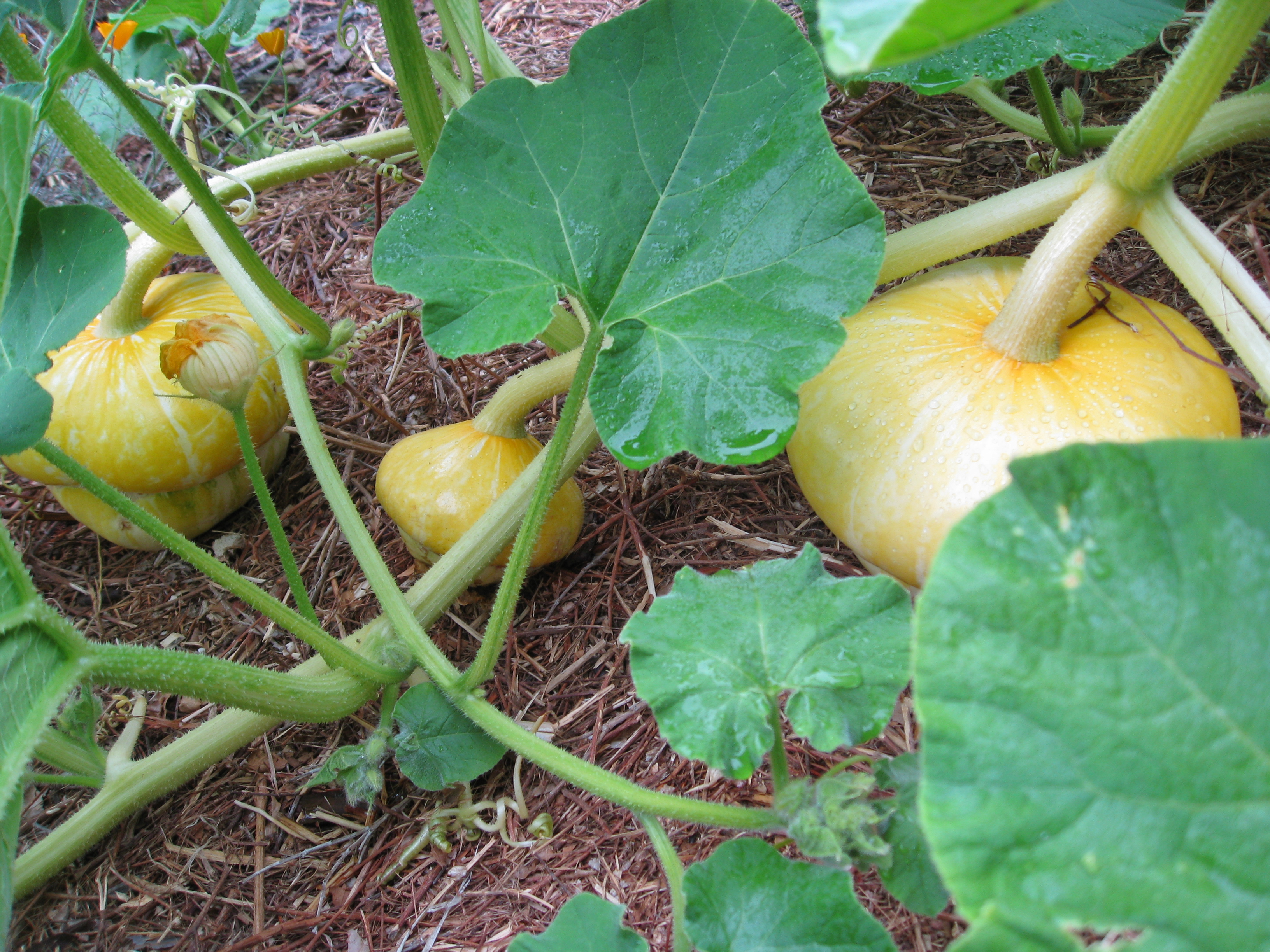
Signs of cross pollination (or just plain poor pollination) are present in some fruits that seem to be missing the signature acorn-shaped bottom section.

The majority of the fruits, however, are breeding true to type. We’ll save seeds from those and bring them to our local seed library.
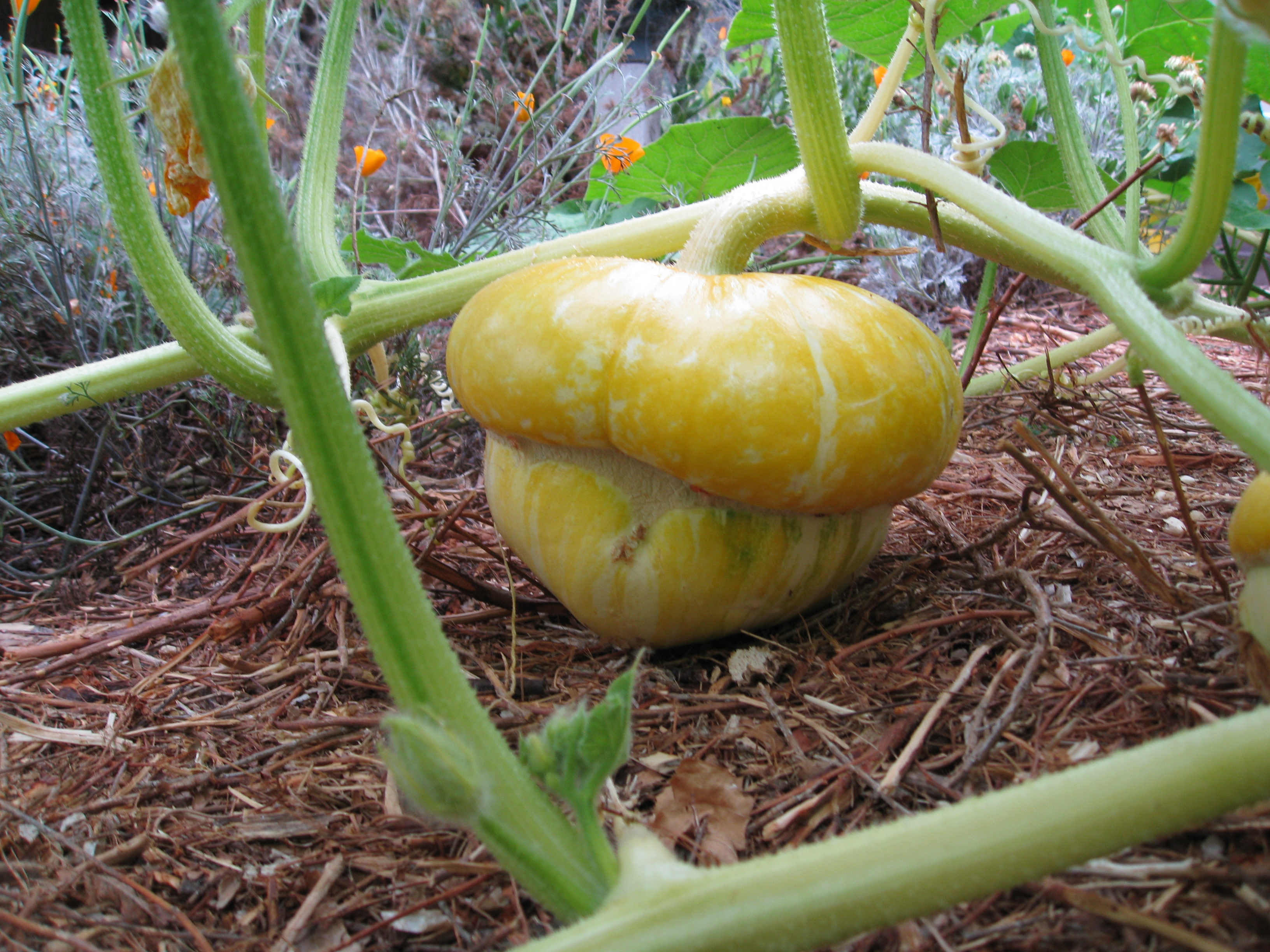
When is it ready?
As with all winter squash, we’ll just wait until the vines die back to harvest. If you live in a place where winter frosts end your gardening season, you may need to collect fruits before frost, and start seeds indoors ahead of time to ensure a longer season. Turban squash grows to maturity in about 80 days, but we’ve seen listings for up to 110 days.
Come fall, we’ll have plenty of squash for decorations and eating. Try growing heirloom squashes like these this season. You’ll enjoy their beauty long after the season ends.

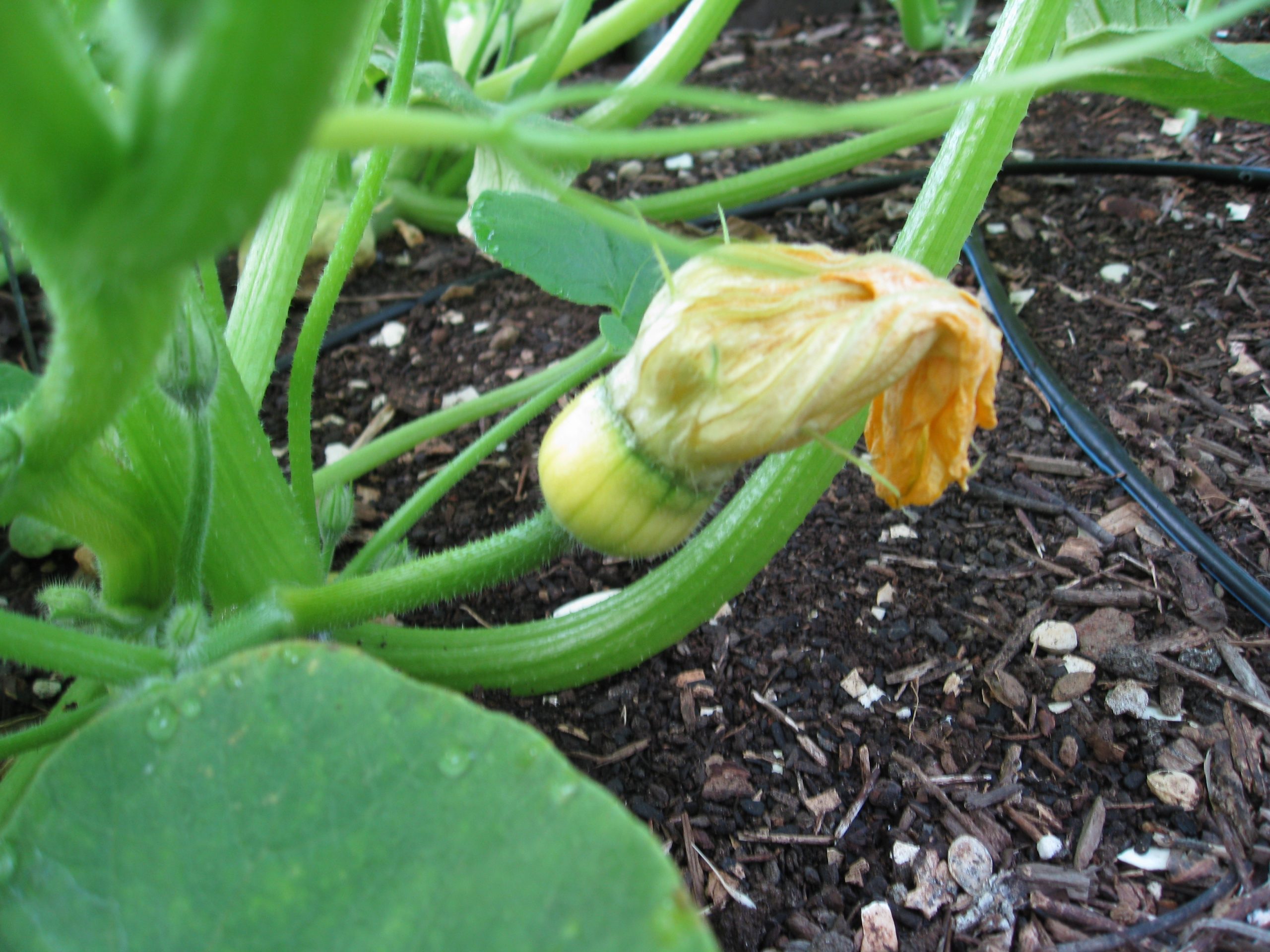
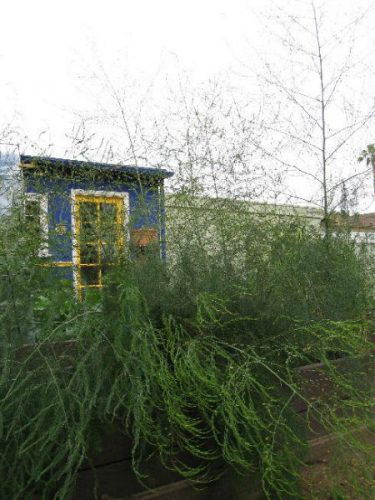
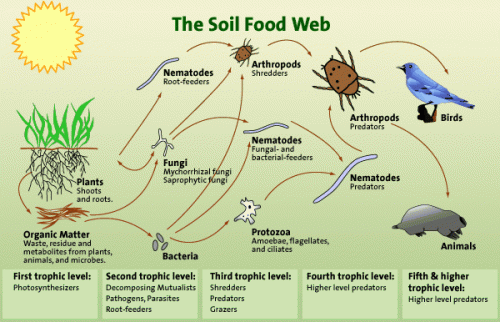
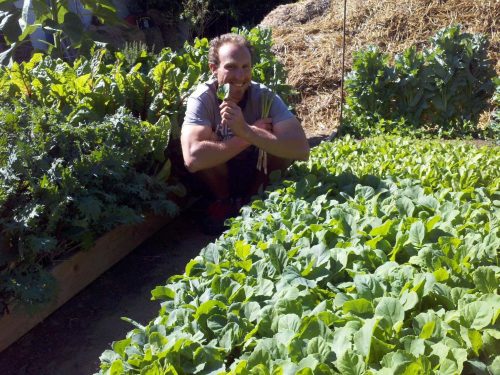
Wash thoroughly to remove any of the flesh, let dry for several days in a warm, sunny location. Place in a small paper bag and store in a cool, dry location.
I grew some turbans from a packet of seed that was given to me and they did well on a plot that had been neglected for a few years in a raised bed made from clay blocks and filled with weed roots that were pickled with undiluted urine a few weeks before topping with top soil.
That was the 2020 growing season.
I saved some seed and a second foil wrap that was in the seed packet.
There was a wild bees nest under my tool shed and they crammed many flowers over a wide area.
The saved seed produced a couple of vines with fruits that are not far short of two foot across and others with variegated leaves. The fruits are still on the vines so I am not ready to compete with the 32 pounder until I harvest them. The bed is the same as last year with an extra layer of wood chip due to the pickling process not being as good as last year.
The wild bees flew three plots down to where competition pumpkins were being grown so the huge fruits are most likely cross pollinated with some kind of competition pumpkin.
The acorn part of the fruit is normal but the base of the fruit is much larger.
The variegated vines produced fruits that are peach colored with dark stripes and normal acorns.
I can share photos on a local UK website if you want.
That would be fun to see, Simon. Feel free to share a link to the photos.
I have pictures and signed documents of a turban squash weighing 32 lbs. 1 oz. on a USA PO scale, signed. Also on a PAGES scale, same wt. Can anyone beat that and is it a record? ph 530-227-6294 for comment, especially if you got one bigger than that.
Wow! That’s impressive, Francis. Have you checked with Guinness to see if they have a record for that? Or do they lump turban squashes in with pumpkins? If that’s the case, we’ll never beat giant pumpkins.
I buy squash and try new one that come to Alaska I planted 2 plants i started indoors first.. the two plants 20 squash on them i love it.. the plant just keep growing.. i can wait to harvest them…
This is my first time to attempt to grow Turk Turbans. I saw them for the first time last winter and thought at first they were something off the Smurfs . I saved the seeds. Planted one in mid March and 6 more in mid May . The first one is loaded with and has several fruits and is over 8’ I have 18 more to plant I’m planting for Halloween should I plant more for a fall festival or do you think 25 plants will be sufficient?
HI Gary, 25 plants sounds abundant. I guess it all comes down to how much room, time, and energy you have to tend them. Fruits will abort if they don’t have enough nutrients to keep going, so as long as you feed them well, you should have plenty for Halloween.
My Turks cap squash seems to be missing the bumped out part. It ie orange and green in colour. Could it have crossed with a butternut squash growing near by? The butternut seems fine. The Turk’s Cap has a lot of squash on the vine and are a good size but alas, no cap.
Yolanda, I had at least one Turks cap come out round like a pumpkin with no cap. There are going to be variations in seed stock, and it’s possible that the seeds you used to grow it had some cross contamination in there. It will still taste like a Turks cap most likely.
My squash are doing well, not super big but they are deep yellow and green. Is it possible to leave them on the vine too long? I’m just wondering if I should pick them soon. We live in Connecticut and frost doesn’t usually come until October. Also I’m growing them vertically. Well, up and across a support system. And one more question, is it normal for their to only be one fruit on each vine? I have 4 plants and although tons of flowers appear each day, I only have one squash established on each plant. I love these plants, not only for the taste but the beauty of the plants and fruits!
Hi Michele, when the vines dry out, winter squashes “cure” in the sun a bit. Sometimes they become soft instead and can be subject to insects that cause decay. Just make sure the vine dies back completely before harvesting them. In other words leave them on the vine as long as you can with your short growing season.
As for quantity, it sounds like your flowers (if female – with fruit at the base of the flower) are dropping without pollinating. I hand-pollinate in the morning when flowers are open, just to make sure there is pollination. If fruits are still dropping after they pollinate, it could be that the plants don’t have enough food to support the fruit. Mix in a little organic vegetable fertilizer that has phosphorus and potassium to ensure stead fruit set. We also like to put down compost and worm castings to keep microbes active and happy in the soil. I hope this helps.
I have very healthy squash vines that have many flowers. When the fruit gets the size of a billiard ball it rots and falls off. What am I doing wrong?
When blossoms or young fruit drops, it’s usually a nutrient deficiency. Phosphorus and potassium are responsible for fruit and flower development, and if the soil lacks it (or more likely that it is bound up in soils and unavailable to plants) the fruit will not grow to maturity.
We recommend feeding your soil food web with biologically active compost and compost tea to help microbes unlock bound-up nutrients. You can also add organic fertilizer that is higher in the 2nd and 3rd number on the box (that’s phosphorus and potassium). We use sea bird guano for phosphorus, and kelp meal and kelp emulsion for potassium.
It’s always a good idea to test your soil first so you can calculate the right amounts to add. Remember that more is not better. The right amount is key. You can get simple soil test kits from many garden supply catalogs, and you can send soil samples into most University Ag departments. Good luck and keep us posted.
Why are mine green striped with cream colour instead of yellow and orange like in the pictures?
Elaine, there are variations in Turban Squash appearance. I have seen some with white stripes and no green, some with green and no white. Some darker orange than others. Is it possible that the seed you are using came from a source that somehow cross pollinated with another squash variety before this grow-out? Also the squash is very light in color while it’s growing. It only darkens into its mature color toward the end as the vines are dying back. If they are still growing, be patient and let the vine die back before harvesting.
How do you save your seeds, in order to plant the following season. Do you keep them moist or dry them out and put them away?